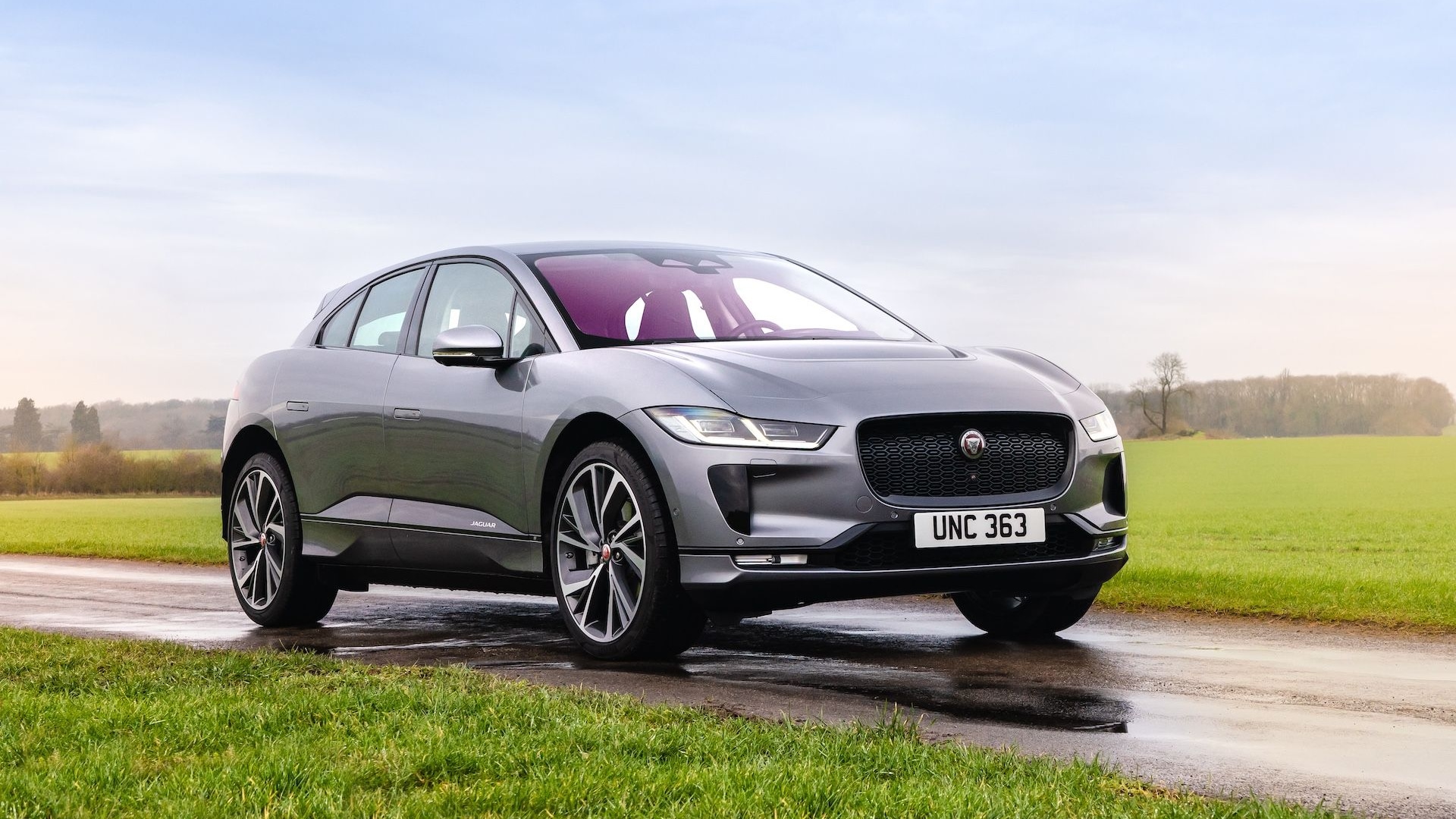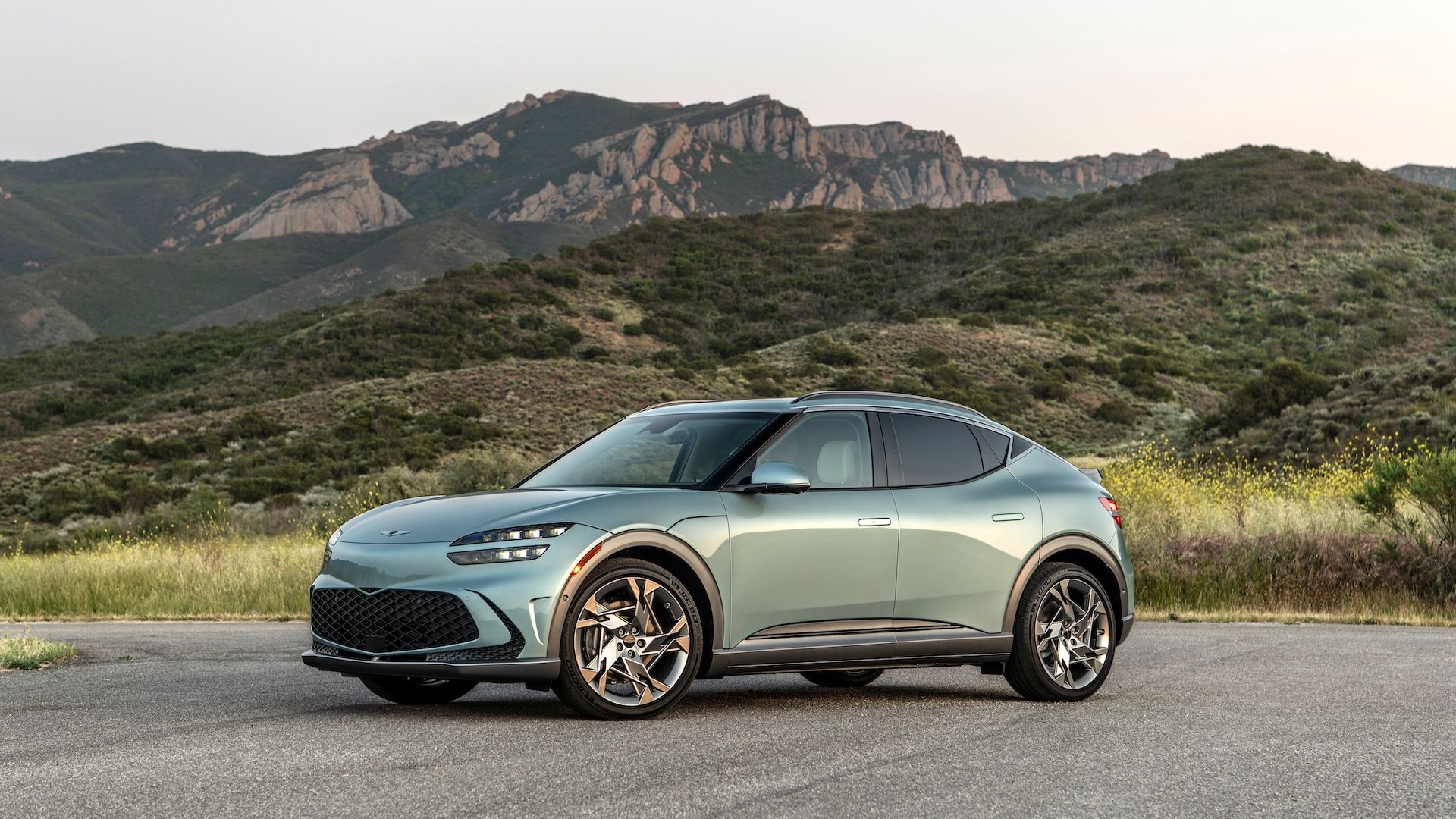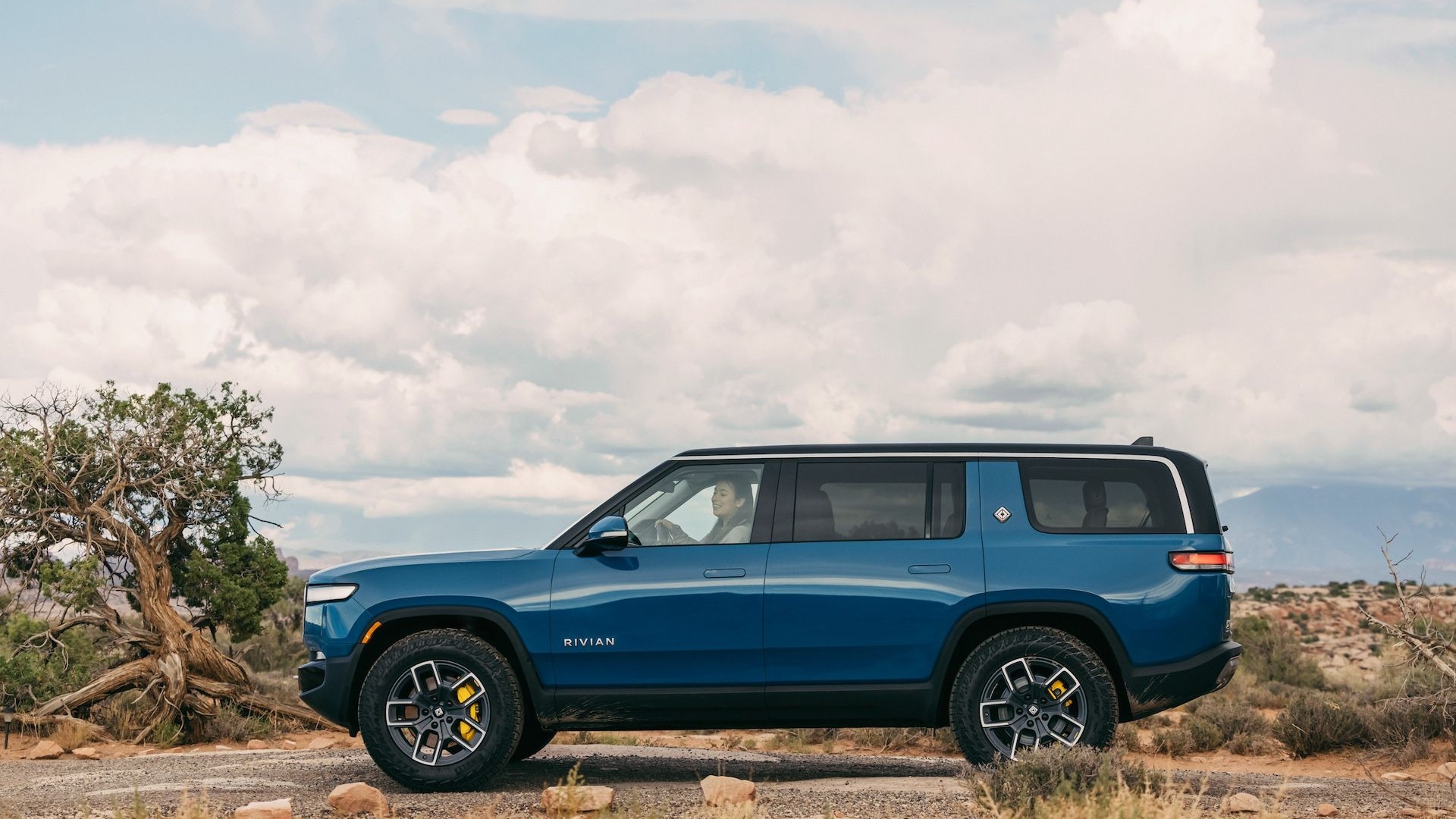We've taken the internal-combustion engine for granted for a long time. As electric cars become more common, governments and automakers need to deal with a new problem: electric cars are virtually silent in operation, and that can make them dangerous for pedestrians who are blind or simply not paying attention.
Numerous governments around the world will mandate electric cars make some form of noise under a certain speed. On Oct. 10, Jaguar released a YouTube video detailing how it developed its Audible Vehicle Alert System (AVAS) for the I-Pace electric SUV. The brand is rather proud that its system is ready before regulations go into effect in the United Kingdom and has the UK's Guide Dogs Charity seal of approval.
Jaguar worked with the prominent group, which is the UK’s leading charity for people affected by sight loss, to develop the AVAS and ensure it's effective in all scenarios. It's difficult to describe the sound, but its digital whirring tone is not unlike what a futuristic hovercraft or a landing UFO might sound like. Jaguar's sound also mimics acceleration and doesn't remain flat at all times. Rather humorously, Jaguar engineers shelved their first tone that sounded even more like a sci-fi spacecraft. Engineers found pedestrians often looked up at the sky, rather than toward the I-Pace.
CHECK OUT: 2019 Jaguar I-Pace nets 234-mile range, puts it behind Model X
The Jaguar I-Pace's AVAS cannot be heard from inside the car, and the noise comes from a speaker mounted inside the grille. The sound emits in every direction and the driver will never be able to disengage the system.
In the UK, electric cars must emit a sound under 20 kph, or 12 mph, and create 56 decibels of noise across the European Union. In the United States, electric cars will need to emit a sound under 18.6 mph. Regulators found that speeds above 18.6 mph create identical amounts of noise from tires and wind compared to an internal-combustion engine. Automakers must be in full compliance with the regulations by September 2020, though many automakers have already installed their systems.


